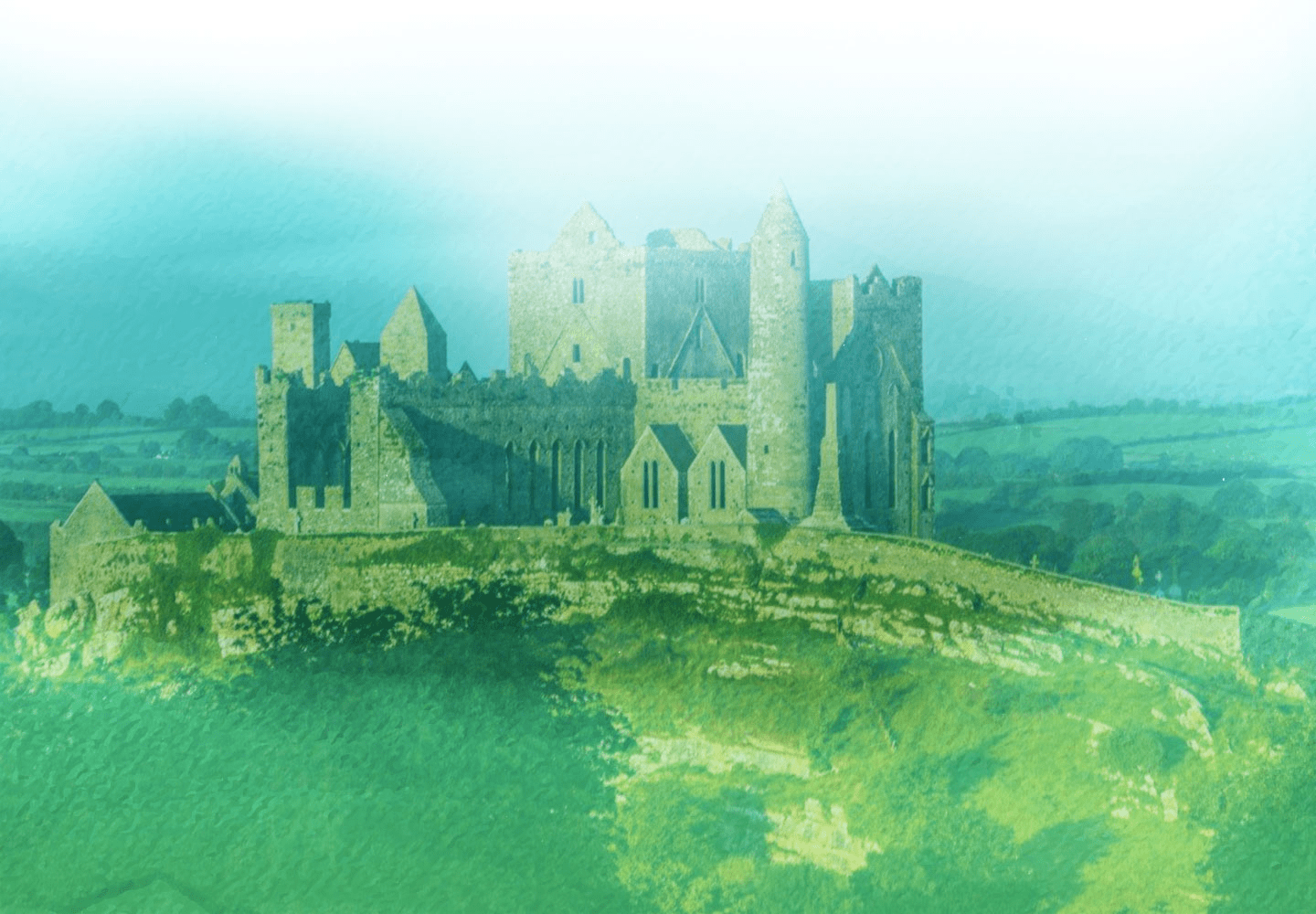Liscarroll Castle
Patrimoine
Visites et attractions
Ballyhoura
Nagles

-
Adresse:
Lisacarroll , Cork
- Web:
Liscarroll Castle is a 13th-century Hiberno-Norman fortress in County Cork, Ireland. In July 1642, at the start of the Irish Confederate Wars, the castle was seized by Irish Confederate forces commanded by Garret Barry.
The foundation of Liscarroll Castle like that of many another Anglo-Norman fortress in Ireland, has been attributed to King John.
Sir Philip Perceval, who acquired Liscarroll by foreclosure and confiscation in 1625, lost it in 1642 but regained possession after the Cromwellian re-conquest and it remained the property of his descendants, the Earls of Egmont, up to recent times.
The works carried out in 1936 by the national Monuments staff were mainly of remedial character and included, besides removal of ivy etc.. the building of supports in the extensive gaps of the W. wall and the securing of all loose and defective masonry. The three attached views of the castle were received from microfilm in the County Library. In the three drawings, there is a ravelin in front of the main gate. Even though now non-existent it is established that this did exist.






